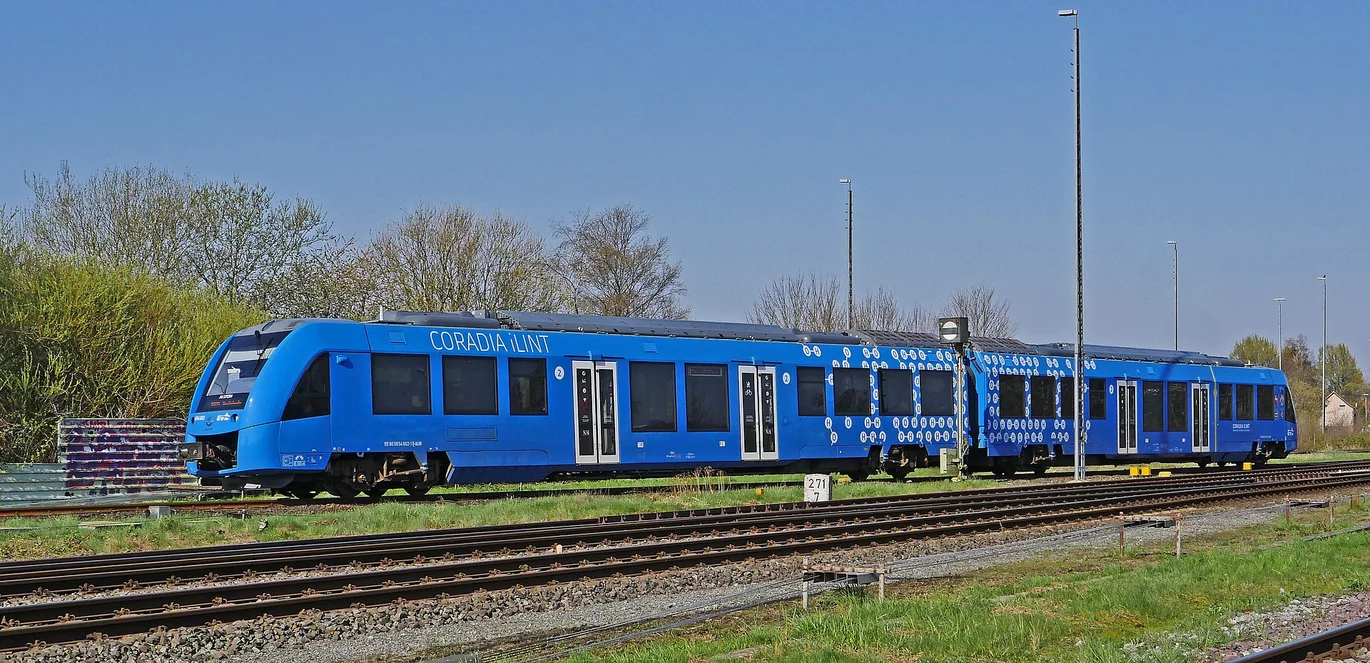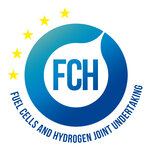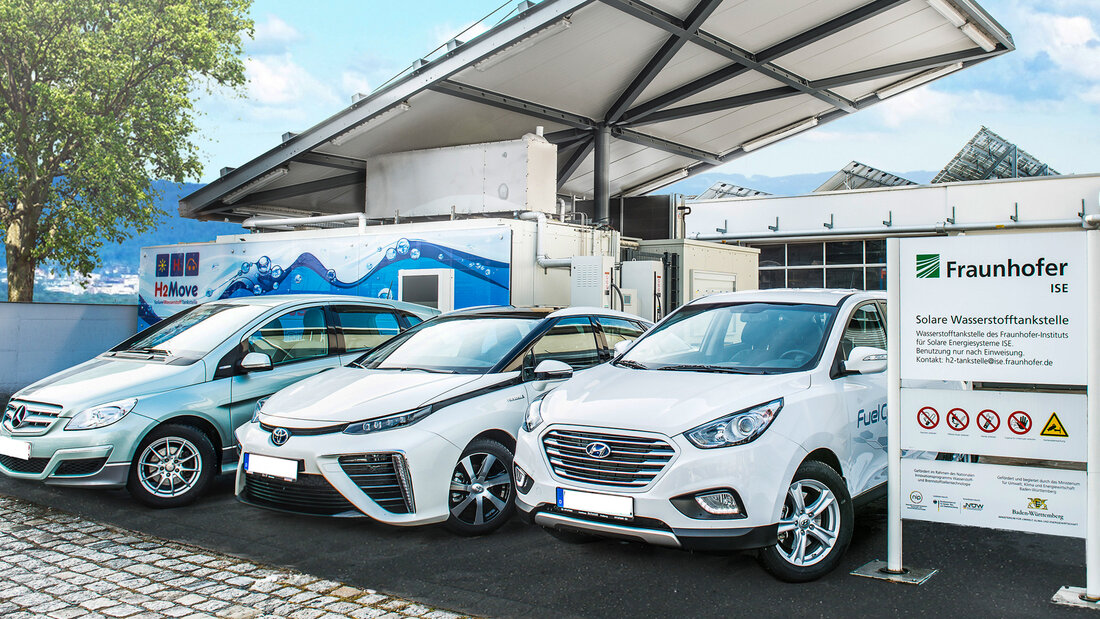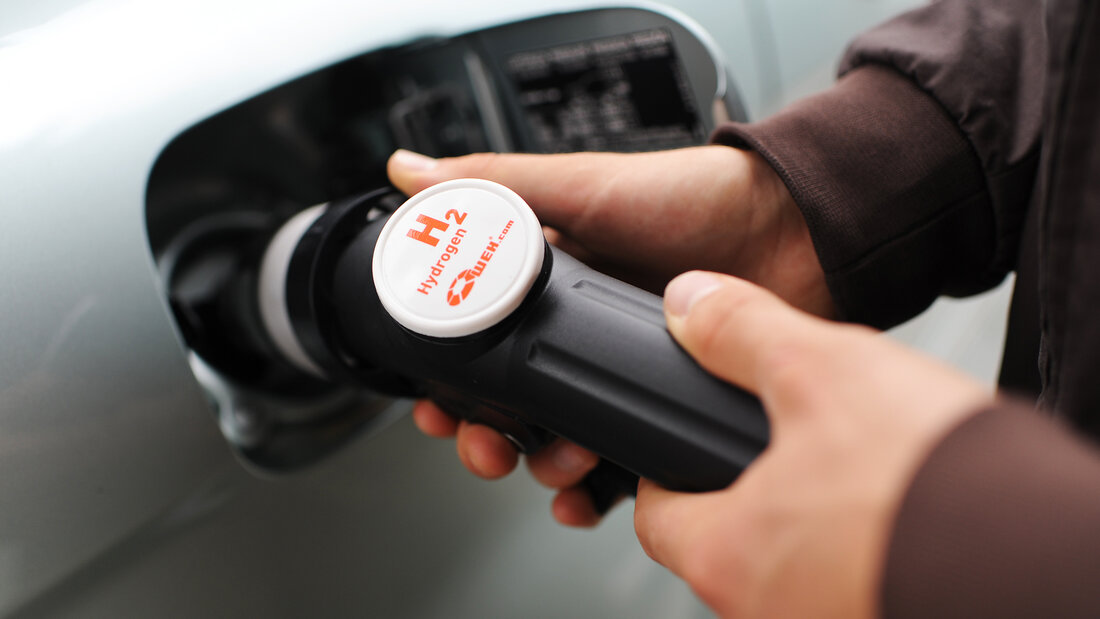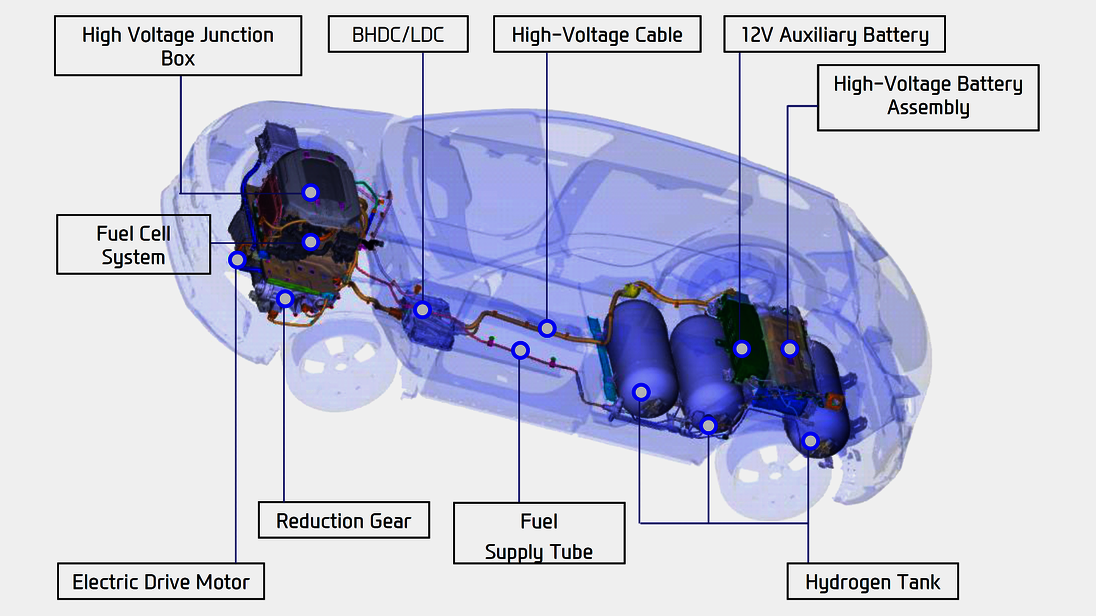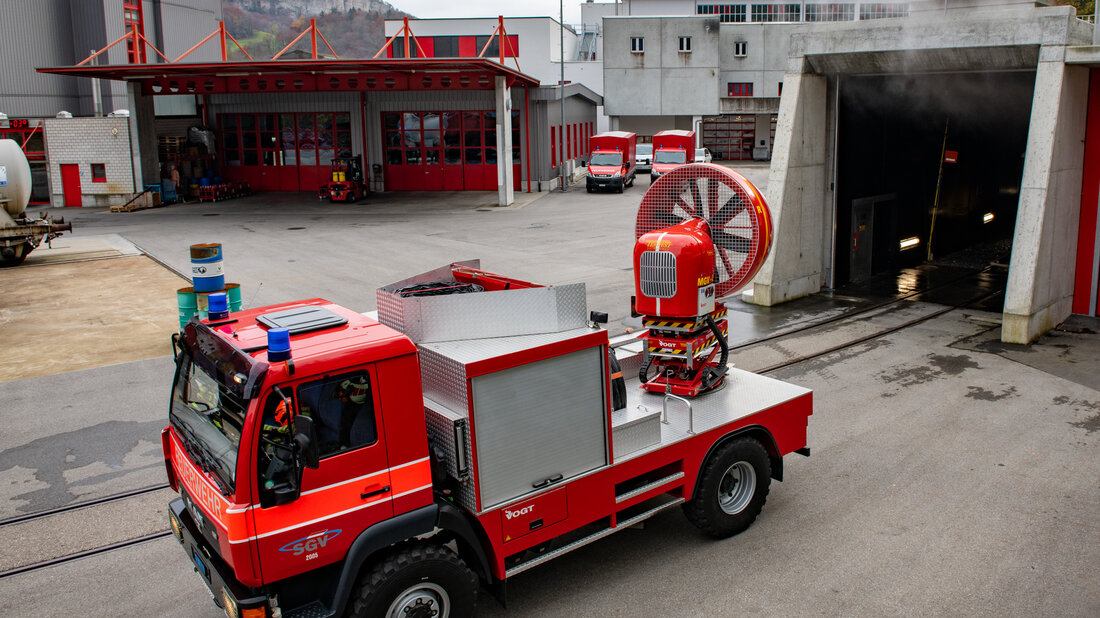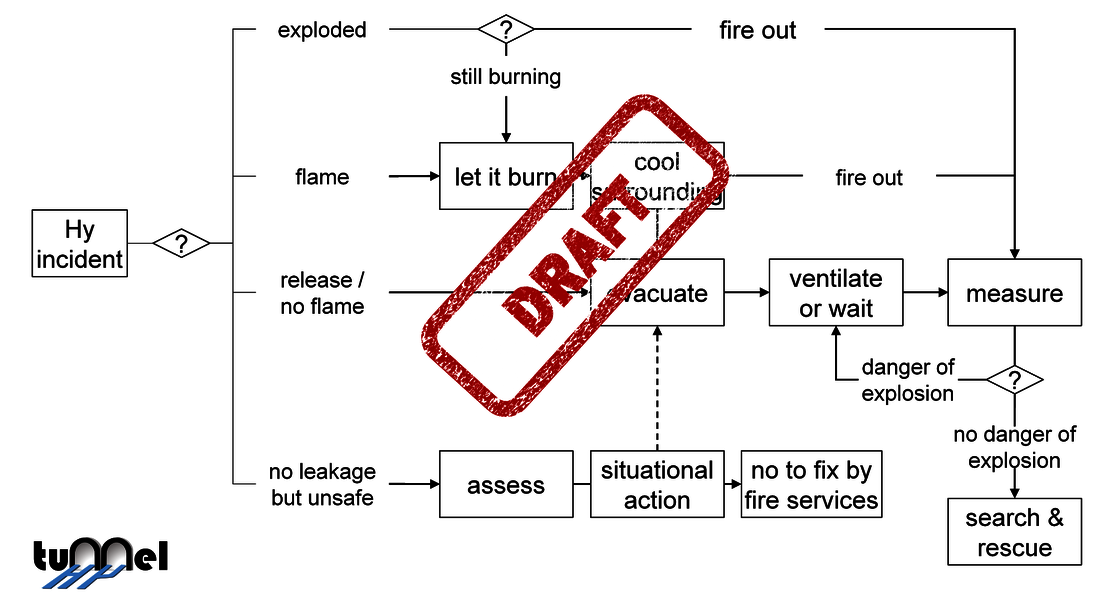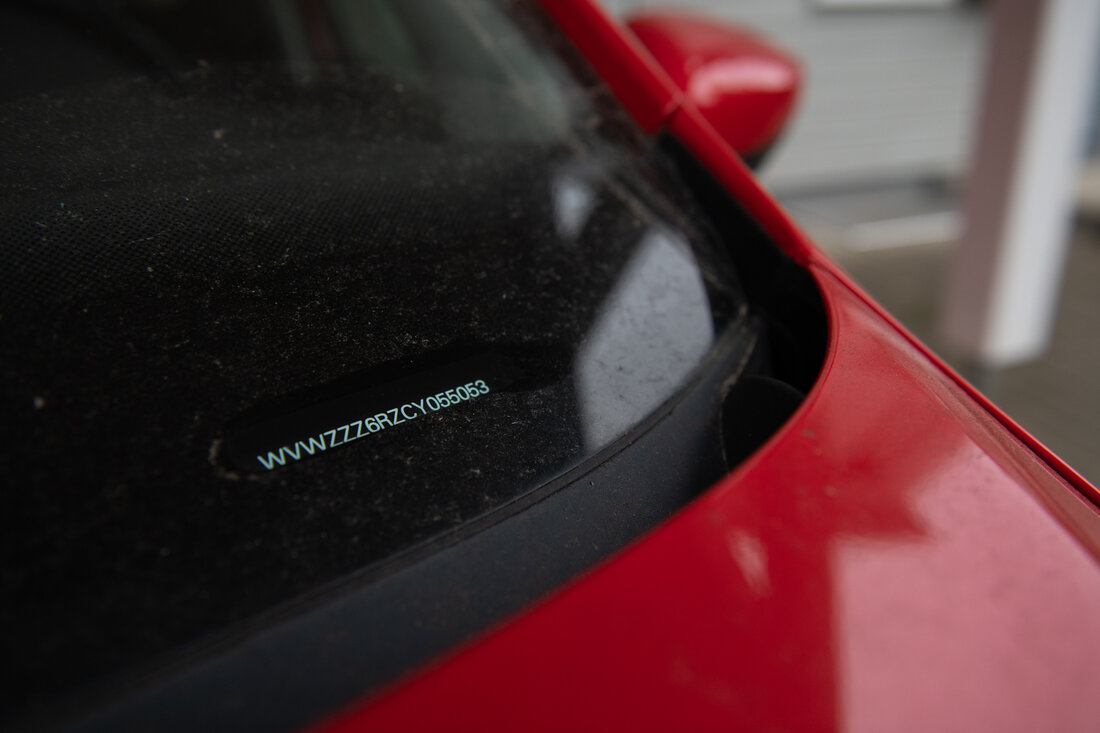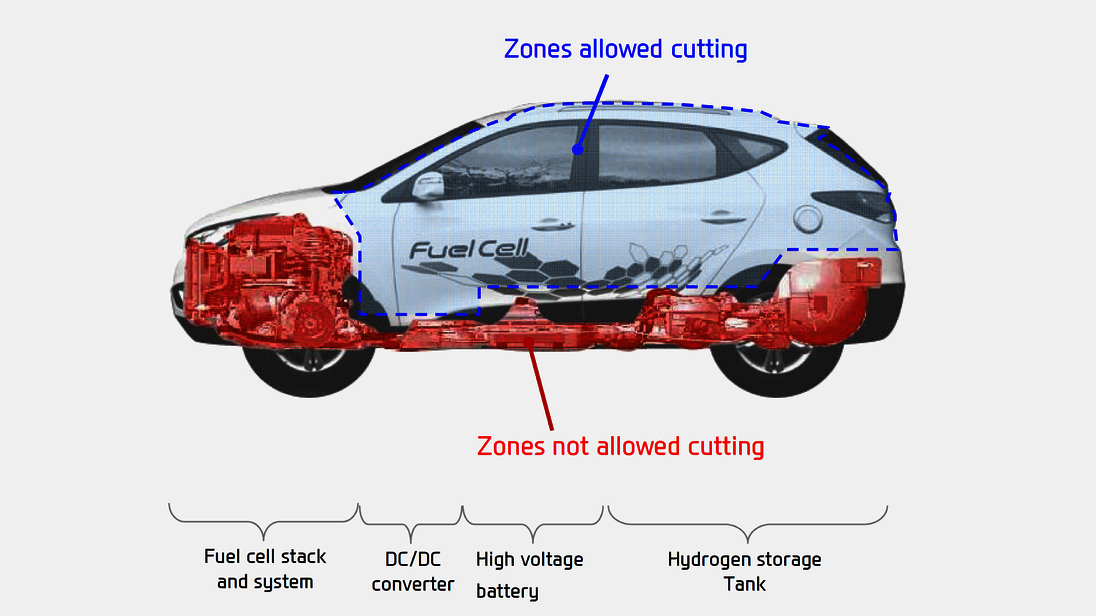If fuel cell technology becomes more widespread, hydrogen-powered vehicles will also be operated in tunnels and underground car parks in the future - and could catch fire there. This is why the International Fire Academy is involved in the European research project «HyTunnel-CS», which aims to develop hydrogen vehicles as safe as possible.
This project aims to develop hydrogen-powered vehicles that can be operated in underground transport systems at the same or even lower risk than fossil-powered vehicles. The project is financed by the public-private partnership Fuel Cells and Hydrogen Joint Undertaking (FCH) based in Brussels.
More about FCH:
Hydrogen vehicles soon to spread everywhere?
At the moment, hydrogen-powered vehicles still play a minor role. In a few years, however, they could be widespread, i.e. practically everywhere: not only on roads and rails and even in the air, but also in railway and road tunnels, railway stations, car parks, garages and carports. And even with the greatest technical reliability, hydrogen-powered vehicles will also be involved in accidents, which can lead to vehicle fires as well as incorrect operation or inadequate maintenance. Then everyone, even the smallest fire service, could be confronted with fires of hydrogen vehicles. Therefore, at the suggestion of the Fire Protection Research Center of the Karlsruhe Institute of Technology KIT, the International Fire Academy was invited to participate in the project «HyTunnel-CS». On the one hand, to bring in their expertise in the deployment field of underground transport systems. On the other hand, the International Fire Academy is also in demand in the development and conveyance of specialised tactics and techniques for firefighting.


